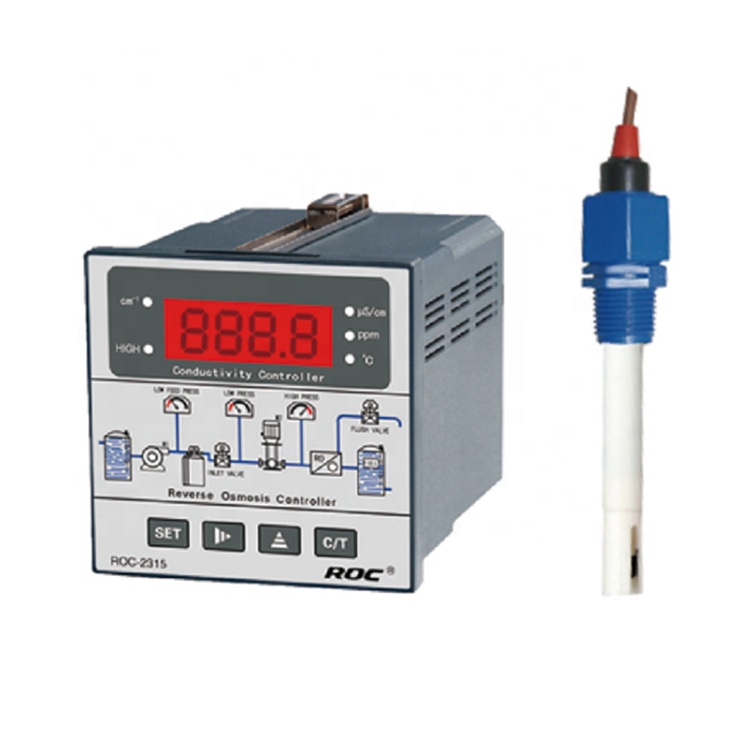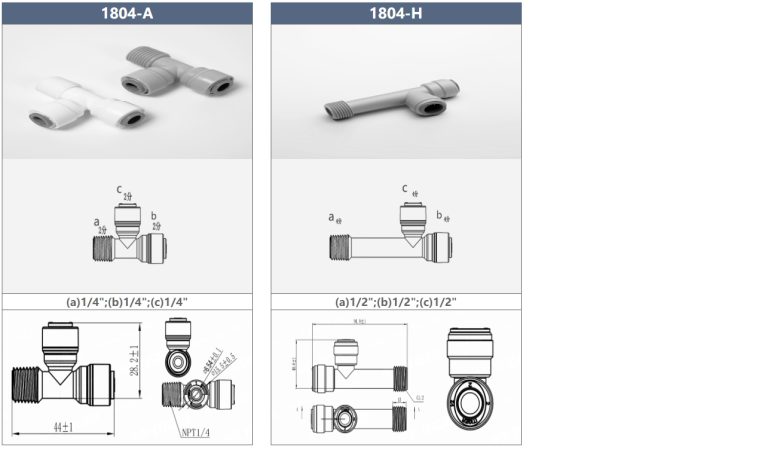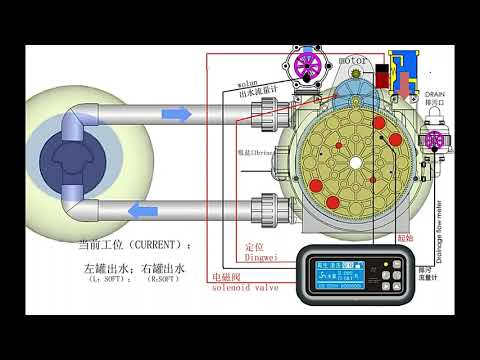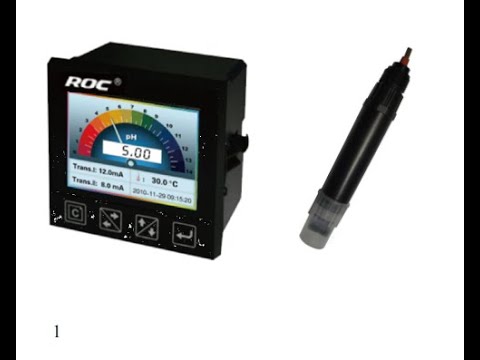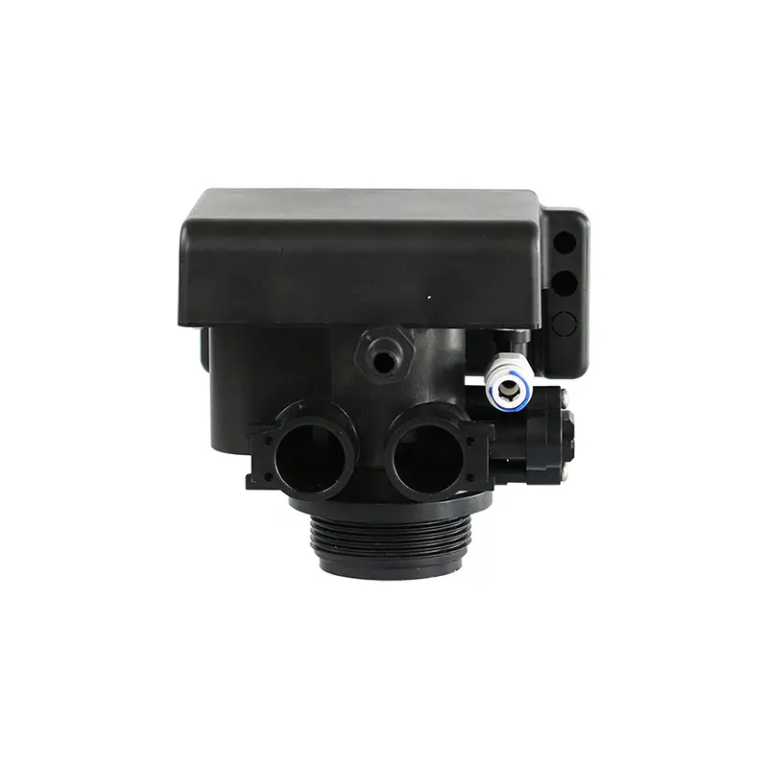ミキシングバルブの機能を理解する
ミキシングバルブの機能を理解する
モデル
| 中央チューブ | 排水 | ブラインタンクコネクター | ベース | 電源パラメータ | 最大出力 | 圧力パラメータ | 動作温度 | 外径1.05インチ |
| 9000 | 1/2″NPT | 2-1/2″-8NPSM | 1600-3/8″ | 24v、110v、220v-50Hz、60Hz | 8.9W | 2.1MPa | 1℃-43℃ | 0.14~0.84MPa |
| 混合バルブはさまざまな配管システムに不可欠なコンポーネントであり、安全で快適な水温を確実に供給するための重要な機能を提供します。これらのバルブは住宅、商業、産業環境でよく見られ、配管や建物のメンテナンスに携わるすべての人にとって、その仕組みを理解することは不可欠です。
ミキシング バルブの核心は、熱い水を混合することによって水の温度を調整するように設計されています。そして冷たい水の流れ。このプロセスは、シャワー、バスタブ、シンクなど、水温を正確に制御する必要がある用途では非常に重要です。ミキシング バルブを使用すると、温水と冷水の比率を調整することで、ユーザーが希望の温度に到達し、火傷や不快感を防ぐことができます。 ミキシング バルブの基本的なメカニズムには、水温の変化に応答するサーモスタット エレメントの使用が含まれます。この要素は通常、ワックスを充填したシリンダーまたはバイメタル ストリップでできており、中を流れる水の温度に基づいて膨張または収縮します。サーモスタット要素が温度変化に反応すると、バルブが作動してそれに応じて温水と冷水の流れを調整します。 |
水温が高すぎると、サーモスタット要素が膨張し、バルブが温水の流量を減らし、冷水の流量を増やします。逆に、水温が低すぎる場合は、サーモスタット要素が収縮し、冷水の流量を減らしながらより多くの温水を流すことができます。この継続的な調整により、水温が安全で快適な範囲内に保たれます。
この温度調整を達成するために、ミキシング バルブには温水と冷水の流れを制御する内部機構が装備されています。これらの機構は混合バルブの特定のタイプに応じて異なりますが、一般的にはダイヤフラム、ピストン、またはその他の可動コンポーネントの使用が必要です。これらのコンポーネントは連携して温水と冷水の流量を調整し、目的の温度を維持します。
混合バルブは、温度調整に加えて、火傷事故の防止にも重要な役割を果たします。多くのミキシングバルブには温度制限ストップが装備されており、ユーザーは水が危険なほど熱くならないように最高温度を設定できます。この機能は、子供や高齢者などの弱い立場の人が給水を使用する可能性がある環境では特に重要です。
さらに、混合バルブはエネルギーと水の節約にも役立ちます。これらのバルブは温度を正確に制御することにより、過剰な熱水の必要性を減らし、エネルギーの節約につながります。さらに、一定の温度を維持することで無駄を防ぐことができ、ユーザーが温水と冷水の蛇口を継続的に調整する必要がなくなります。
結論として、配管や建物のメンテナンスに携わるすべての人にとって、ミキシング バルブの機能を理解することは非常に重要です。これらのバルブは、水温の調整、火傷事故の防止、エネルギーと水の節約に重要な役割を果たします。ミキシングバルブは、温水と冷水の流れを混合することにより、さまざまな用途で安全で快適な水温を確実に供給します。住宅、商業、産業のいずれの環境においても、混合バルブが適切に機能することは、ユーザーの健康と快適性にとって不可欠です。
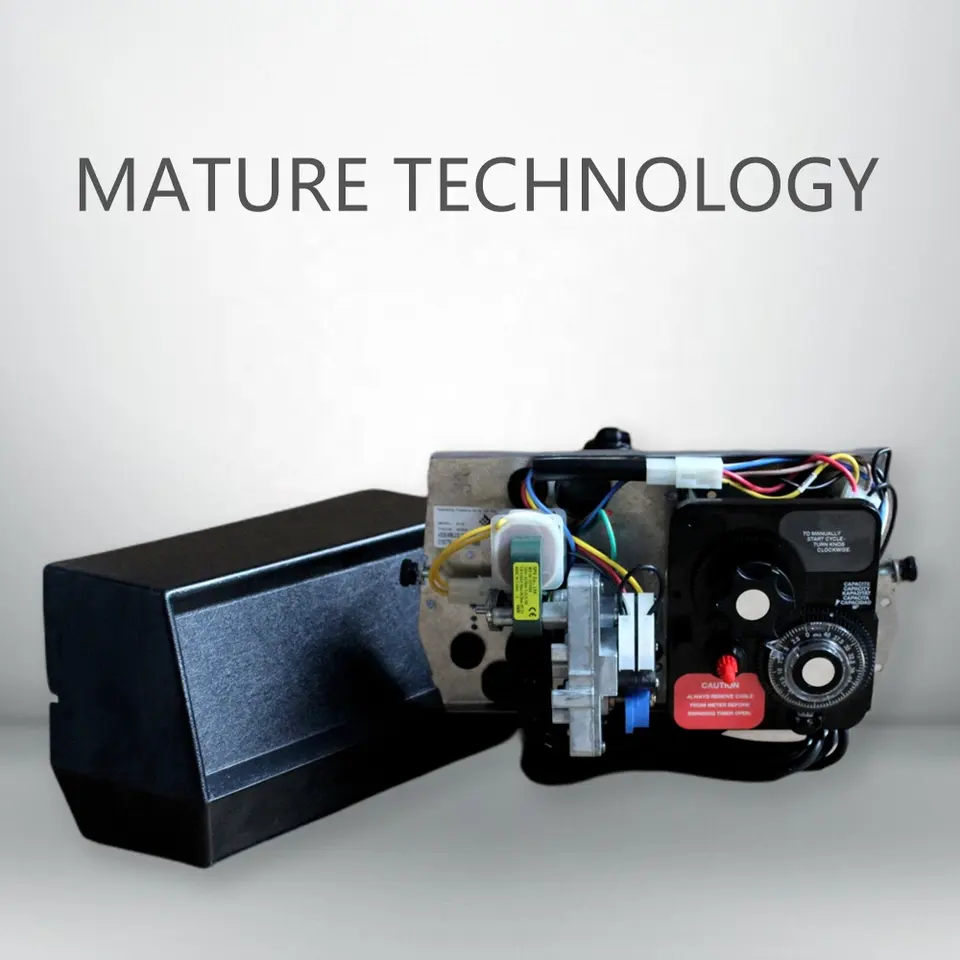
When the water temperature is too hot, the thermostatic element expands, causing the valve to reduce the flow of hot water and increase the flow of cold water. Conversely, when the water temperature is too cold, the thermostatic element contracts, allowing more hot water to flow while reducing the cold water flow. This continuous adjustment ensures that the water temperature remains within a safe and comfortable range.
To achieve this temperature regulation, mixing valves are equipped with internal mechanisms that control the flow of hot and cold water. These mechanisms can vary depending on the specific type of mixing valve, but they generally involve the use of diaphragms, pistons, or other movable components. These components work together to adjust the flow rates of hot and cold water, maintaining the desired temperature.
In addition to temperature regulation, mixing valves also play a crucial role in preventing scalding accidents. Many mixing valves are equipped with a temperature limit stop, which allows users to set a maximum temperature to prevent water from becoming dangerously hot. This feature is particularly important in settings where vulnerable individuals, such as children or the elderly, may be using the water supply.
Furthermore, mixing valves can also help conserve energy and water. By precisely controlling the temperature, these valves reduce the need for excessive hot water, resulting in energy savings. Additionally, they can prevent wastage by maintaining a consistent temperature, eliminating the need for users to continuously adjust the hot and cold water taps.
In conclusion, understanding the functionality of mixing valves is crucial for anyone involved in plumbing or building maintenance. These valves play a vital role in regulating water temperature, preventing scalding accidents, and conserving energy and water. By blending hot and cold water streams, mixing valves ensure the delivery of safe and comfortable water temperatures in various applications. Whether in residential, commercial, or industrial settings, the proper functioning of mixing valves is essential for the well-being and comfort of users.

